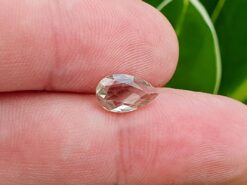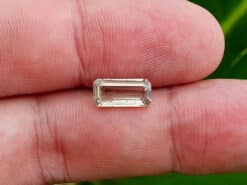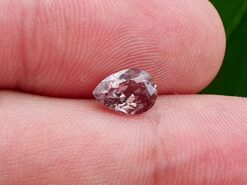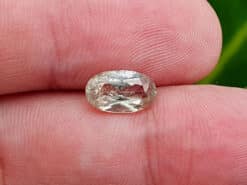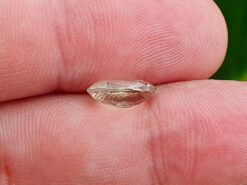Zultanite
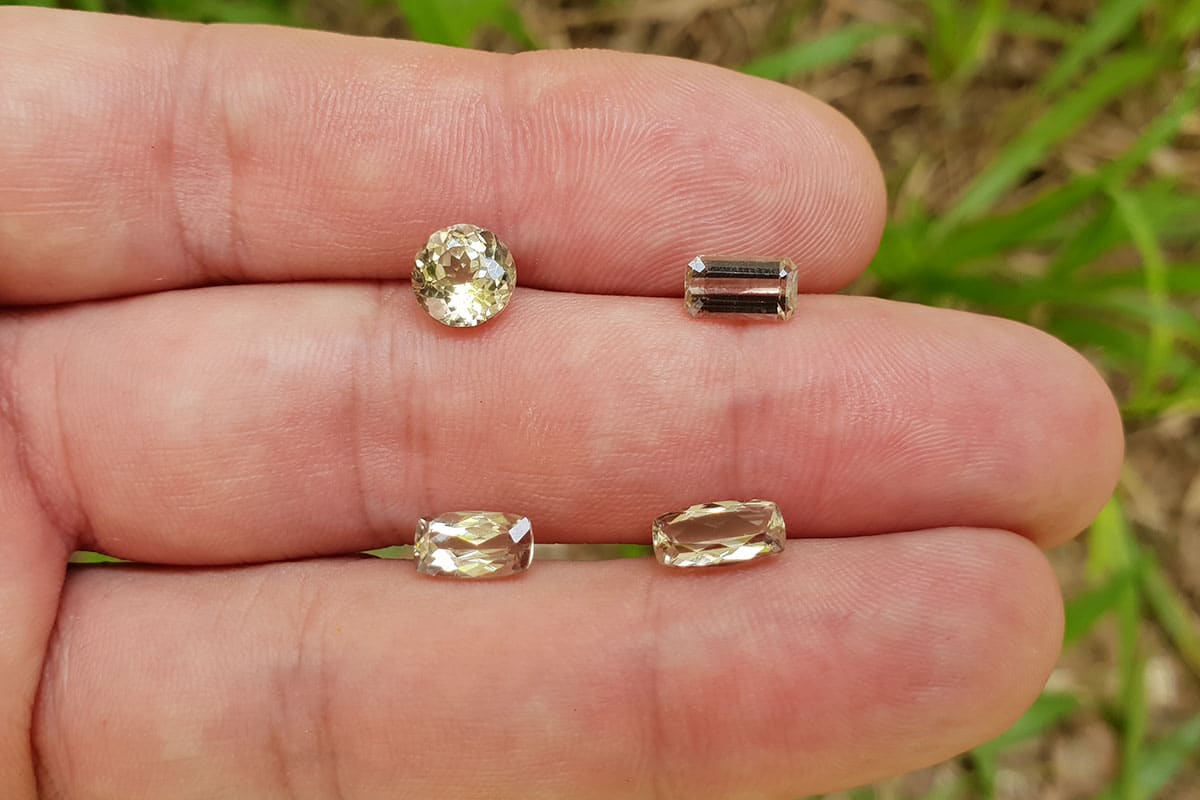
Zultanite is a high priced stone, a color change diaspore, often set on ring in jewelry.
Buy natural zultanite in our shop
Zultanite gemstone
A good stone for jewelry, often used as ring and earrings. It’s also a good investment. Price depends on carat wright and quality.
Zultanite and csarite are the trademarked names given to the best quality color change diaspore stone. It is mined in the İlbir mountains of southwest Turkey. At an elevation of over 4000 feet – 1200 meters. Depending on its light source, the color varies between a yellowish green, also light gold, and purplish pink.
One of the most rare and transparent gemstones in the diaspore family. Its colors range from yellow, also cognac, pink to red. The most intense red hues are due to manganese concentrations. Like alexandrite, The stone also presents impressive color change.
When Murat Akgun, a Turkish jeweler, acquired the rights to diaspore mine in Turkey. He introduced this stone’s name to evoke the sultans of the Ottoman empire. More recently, the mine owner, Milenyum Mining, has marketed the material under the name of Csarite.
Diaspore
Diaspore stone is also knowns as diasporite, empholite, kayserite, or tanatarite. It is an aluminium oxide hydroxide mineral. It crystallizes in the orthorhombic system. And isomorphous with goethite. It occurs sometimes as flattened crystals. But it usually as lamellar or scaly masses. The flattened surface being a direction of perfect cleavage. On which the lustre is markedly pearly in character.
It is colorless or greyish white, also yellowish, sometimes violet in color or the color change high priced zultanite. And varies from translucent to transparent. It may be readily distinguished from other colorless transparent minerals. With a perfect cleavage. And also a pearly luster like mica, talc, brucite, and gypsum.
By its greater hardness of 6.5 to 7. A specific gravity is 3.4. When heated before the blowpipe it decrepitates violently, breaking up into white pearly scales.
The mineral occurs as an alteration product of corundum or emery. We found it in granular limestone. And also other crystalline rocks. We can found well-developed crystals in the emery deposits of the Urals. Also at Chester, Massachusetts, USA and in kaolin at Schemnitz in Hungary. If obtainable in large quantity, it would be of economic importance as a source of aluminium.
The diaspore, along with gibbsite and boehmite, is a major component of the aluminium ore bauxite.
Typical liquid inclusions and color change phenomena under microscope.
Zultanite meaning and healing properties benefits
The following section is pseudo scientific and based on cultural beliefs.
The stones are beneficial healing crystals for you to put to use to stimulate the mind, and have an excellent energy that is known to help age related memory loss.
FAQ
Is zultanite price expensive?
It is an extremely rare gemstone and is quite expensive, especially the larger stone price can cost 10,000$ US or more per carat.
How do you know if zultanite is real?
The shape of inclusions and the color change is the key to identify the stone. Fake stone can not imitate inclusions and the color change is always higher than the real one.
Is zultanite a precious stone?
It is a semi precious stone. There are only four precious stones : Diamond, ruby, sapphire and emerald.
How do you clean zultanite jewelry?
Clean with gentle soap and lukewarm water, scrubbing behind the gem with a very soft toothbrush as necessary. After cleaning, rinse with warm water and pat dry with a soft towel or chamois cloth. Never steam or ultrasonic clean your stone.
Is Turkish diaspore the same as zultanite stone?
The only source is Turkey, it means that all stones are Turkish diaspore. But not all Turkish diaspore are zultanite. If the stone doesn’t change color under incandescent light, then it is a simple diaspore.
Natural zultanite for sale in our gem shop
We make custom made zultanite jewelry as engagement rings, necklaces, stud earrings, bracelets, pendants… Please contact us for a quote.

